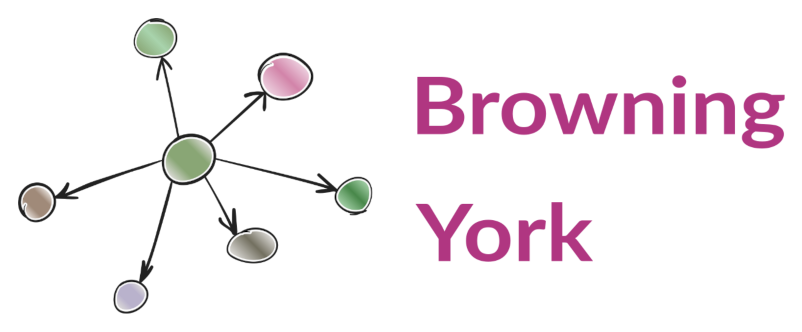Today I am blogging about something that can be easily forgotten, but which can make or break organisations – communication of dry subjects. Topics such as procurement, data compliance and health and safety.
(I say this with love; I have worked with enough procurement teams over the years to believe that they are a misunderstood group.)
These subjects are rarely at the top of the list for exciting communication. But if you don’t get these things right, your organisation will struggle and suffer. And in a time where so many organisations are facing unprecedented challenges, communication teams have a lot to offer in getting these subjects across to their audiences.
Efficiency and value for money
As mentioned above, I do a lot of work with procurement teams, helping them find ways to engage their internal audiences with the need for compliant action. The teams are lovely, hard-working experts in their field who are striving to do their best for their organisation every day. But by their own admission, their subject matter is rarely on anyone’s must read list.
And yet the increased efficiency, value for money, improved customer service and out and out cost savings that their work delivers can make a huge difference to overall success.
Funding the frontline
The need for more efficient purchasing in organisations from the public, voluntary and private sectors comes up regularly in the news. Now more than ever, budgets need to be spent in a coherent, joined up way that:
- saves money
- avoids waste
- and allows more funding to be directed to frontline causes.
This is a big deal and applies to any larger organisation. Yet getting people to take notice within the organisation is tough. So is getting them to change their behaviours.
A range of dry subjects
Procurement isn’t the only area within an organisation that suffers in this way. Health and Safety is another one.
A few years ago I came across an award-winning H&S video for Tesco staff, which featured the intrepid cartoon character, Kill Spill. Tesco realised that they needed to do something about the huge number of accidents in their stores caused by people slipping or tripping. They created a video with an animated character to get 5 key points across to staff in a quick, humorous and memorable way. And it worked.
After I watched the video, I’ve never looked at the humble grape in the same way again!
GDPR and other areas of regulatory compliance are further examples of subjects that few people are raring to discuss, but are vital for success.
Current context
We have to get communication about these areas – and resulting behaviour change – right.
In the current global context of conflict, environmental disasters and financial difficulties, it can feel even harder to care about the dry subjects. When there is darkness and fear, many people are looking for points of light and excitement.
But…
Paradoxically, this could be just the context that communicators need to raise the profile of these subjects.
Many believe that the organisations and institutions which survive our current global difficulties will be the ones that think creatively. They will assess all their activities against criteria which deliver genuine added value in difficult times.
Purchasing goods and services compliantly and sustainably may not seem like exciting innovation. But in light of the new Procurement Act that came into force in February this year, there is a lot of change happening.
5 tips for dry subjects
My lovely procurement teams and I haven’t totally solved this tricky conundrum yet, but we’re working on it. Here are a few pointers if you’re facing a similar challenge:
- Identify the business need or problem that the dry subject solves. How will it increase funding or enable new activities, for example?
- Communicate that business need in a way that everyone can relate to. Give them a reason to care. How will doing the right thing make a difference to their priorities?
- Identify a few key messages that everyone needs to know and articulate them as simply as possible. These subjects can often seem complicated to non-experts, so break them down into simpler steps. Avoid overwhelming people with too much information at once.
- Use colour, stories and human interest to make the content come to life. Kill Spill was a great example of using humour and stories to convey important information.
- Look for opportunities to link your communications to other business areas that traditionally generate more interest.
Have you had success communicating dry subjects? What has worked for you? I’d love to hear all about it.
If you’ve got a dry subject you’d like help to communicate, get in touch for a chat.
Until next time
Sarah

